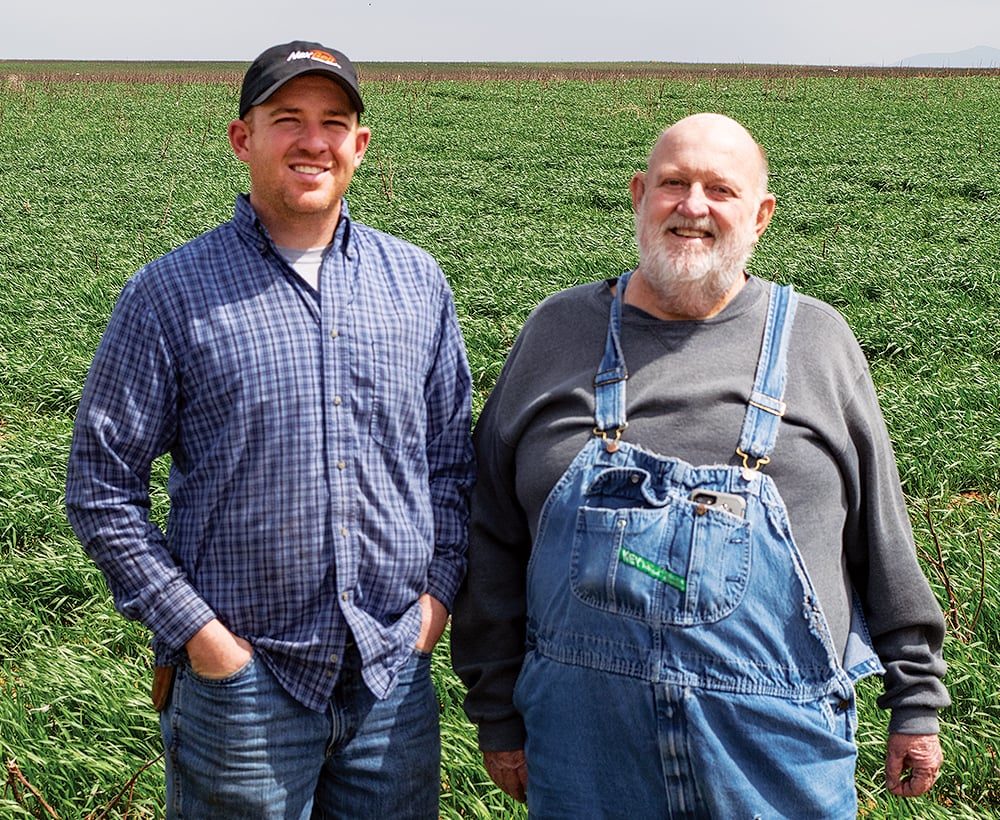No-Till Farmer
Get full access NOW to the most comprehensive, powerful and easy-to-use online resource for no-tillage practices. Just one good idea will pay for your subscription hundreds of times over.

When Matt Braun was in high school, his father switched the family’s southwestern Oklahoma farm from a conventional-till wheat/cattle/milo operation to no-till, mainly to reduce labor and equipment costs.
Now, 15 years later, the enterprise has gone through a substantial transformation of diversity and efficiency that bears little resemblance to the operation Matt knew as a child.
“When I was growing up, we grew continuous wheat on nearly every acre,” Braun recalls. “We’d harvest and start plowing or discing right behind the combine and kept that up non-stop all summer until we planted again.
“It’s difficult to find labor to keep up that kind of operation, so my dad was looking for ways to cut labor and equipment costs. We found with a sprayer we could cover the same amount of ground as we were covering with two big tractors plowing all day, so that was the big factor in the transition. Since then, we’ve discovered the other benefits of reduced tillage.”
Matt returned to the farm full-time after college in 2008 and today, he and his father, Bill, operate similar farms in an operation that covers roughly 6,000 acres and includes a herd of 300 cows that complement the rotation of hard red winter wheat, dryland cotton and sesame, along with both summer and winter cover crops.